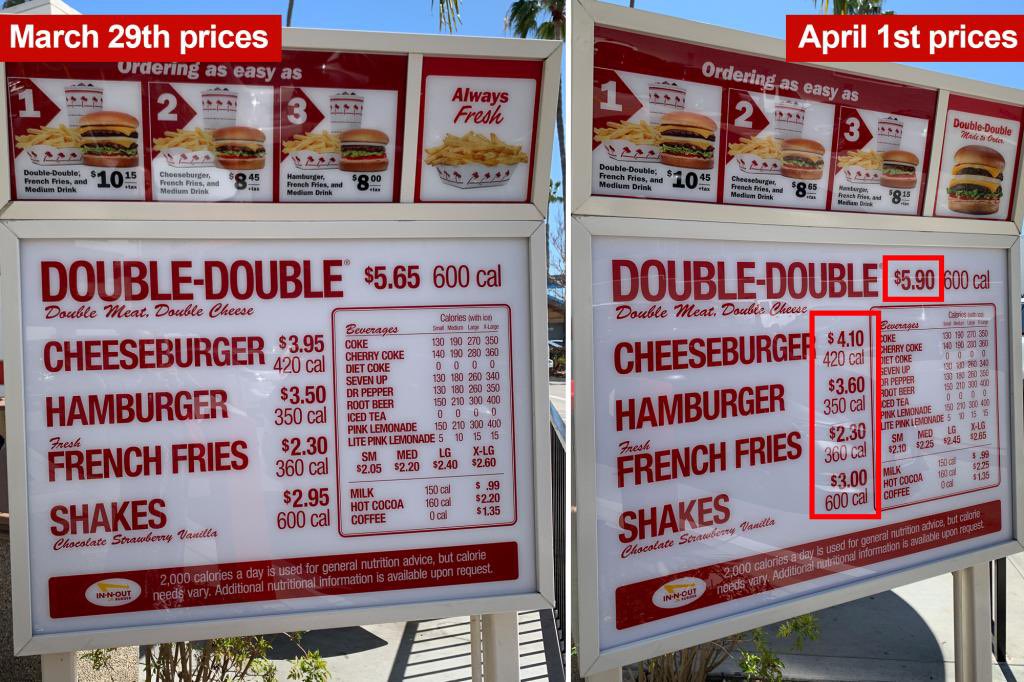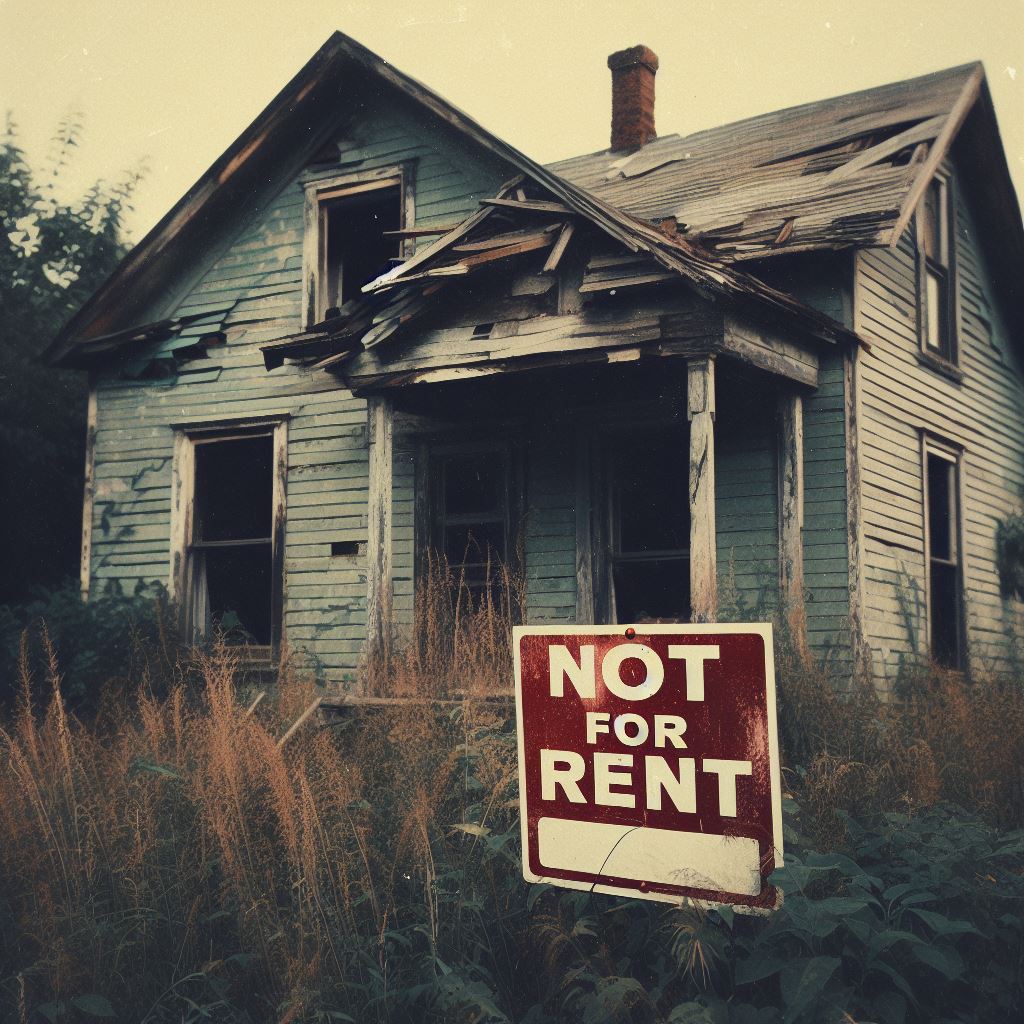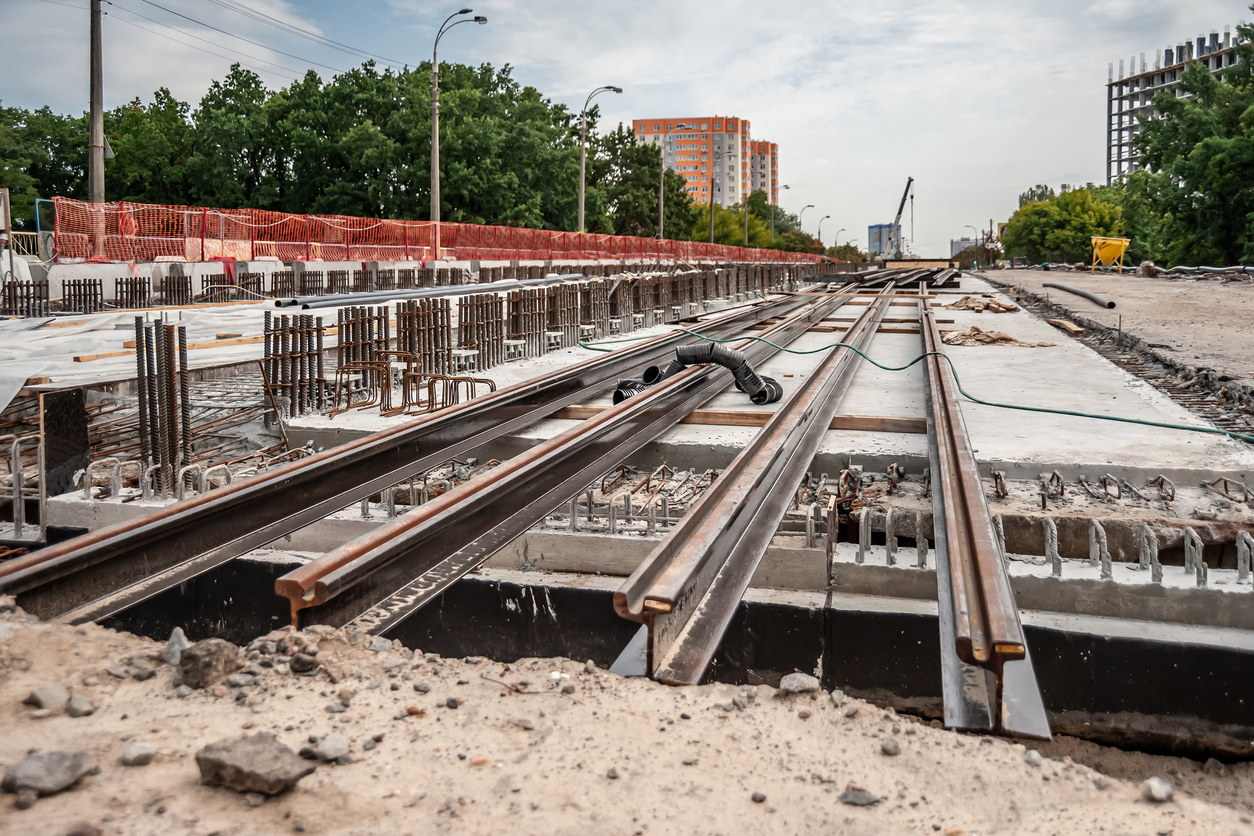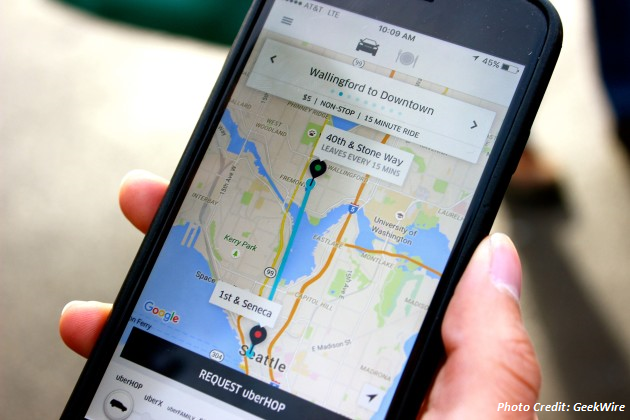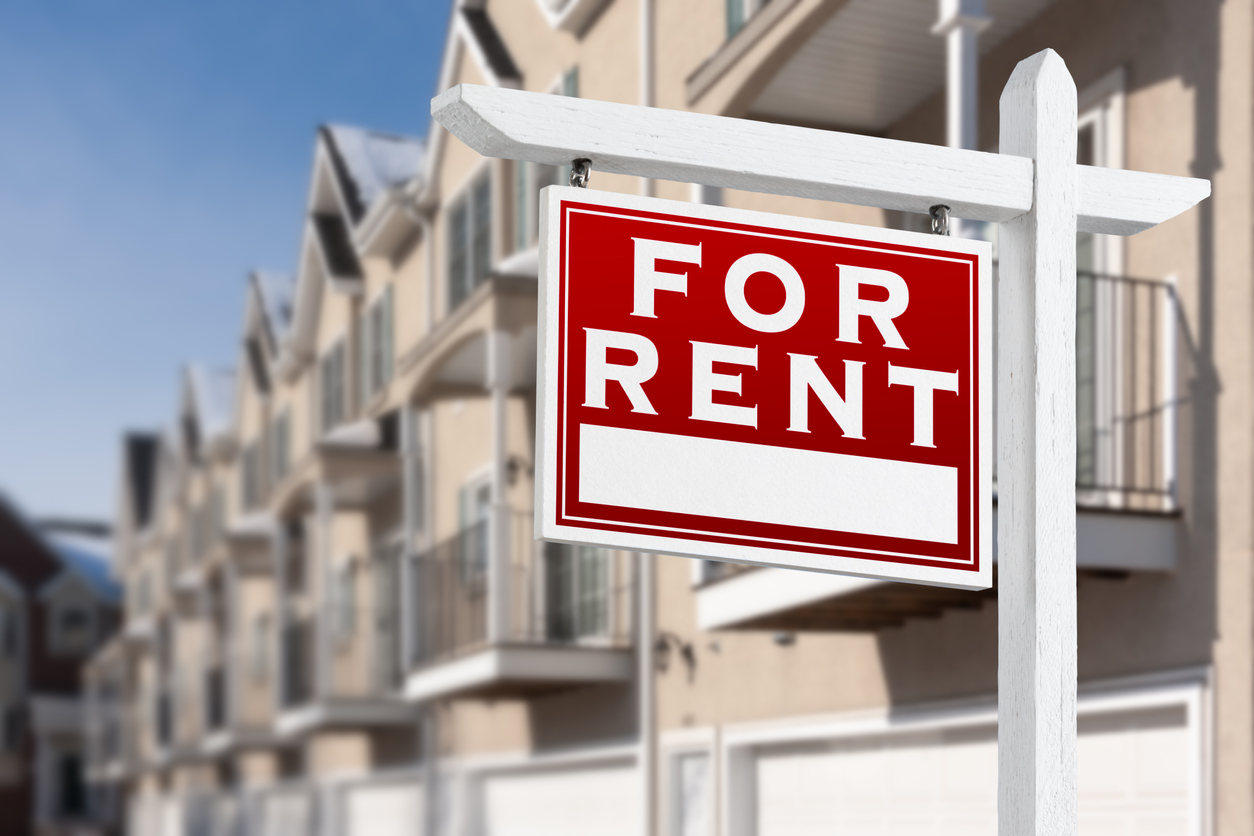UW academic quickly backtracks after we highlight flaws in his study

We recently wrote about the conclusion of an I-405 toll lane study presented by Mark Hallenbeck from the University of Washington to the Washington State Transportation Committee (WSTC). The study concluded (among other things) that low-income households pay higher average I-405 tolls and that drivers place a value of $26 per hour on a reliable trip.
Despite this conclusion, when interviewed on KIRO Radio, Hallenbeck claimed that though the study states that $26 is the value we place on a reliable trip, raising the toll to that level is not the recommendation of the study. However, that argument doesn’t hold up to scrutiny.
The WSTC sets toll rates on our highways and looks to studies like the I-405 usage study to determine the highest toll rate drivers might tolerate. With drivers valuing a reliable trip at $26, you can reach your own conclusions on the amount to which WSTC may want to increase the toll rate.
With the state legislature’s recent changes that guarantee congestion by bonding the toll revenue on I-405, the pressure is now on WSTC to increase the toll rates to keep the lanes functional. In Washington DC, the toll jumped to $44 when officials took the $10 cap off the freeway in an attempt to fix unreliability.
Additionally, Hallenbeck stated that increasing the minimum toll from $0.75 to $1.25 would be the best approach to generating the most revenue, and advocated for toll revenues to be used for wealth redistribution and transit spending:
"The good thing about all those people who are mostly higher income using it in the middle of the day, is they’re subsidizing the [lower income] people…You’re paying for transit. You’re paying for new shoulders. You’re paying for a lot of things, so that’s a good equity transfer.”
In other words, Hallenbeck reasons that wealthy people using separate toll lanes is great for everyone because sometimes lower income people will use the lanes. This overlooks the fact that everyone, including lower income people who cannot afford to use the lanes on a regular basis, paid for the lanes with fuel taxes.
In reality, the toll lanes, when functioning, are often used when people have to be somewhere on time and have a fixed schedule. They either leave home earlier and spend more time in traffic, or they opt to spend their disposable income (if they have it) to use the toll lanes. Arguably, given the congestion we often see in the toll lanes at peak hours, there is little difference between the general purpose and toll lanes anyway.
Many studies produced at the behest of the legislature end up becoming the basis for changes in legislation. With the conclusions of the study showing that $26 is the reliable trip amount, will the WSTC take that conclusion to justify an increase in the tolls?



